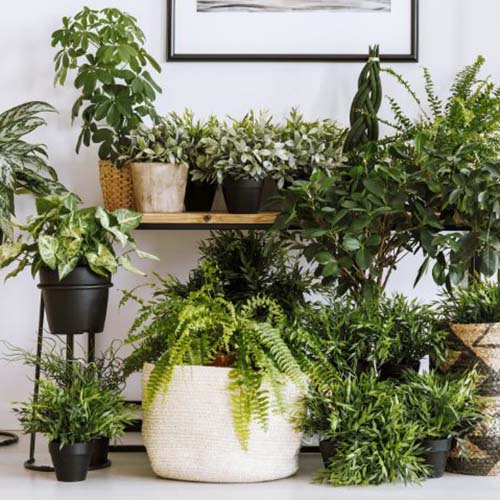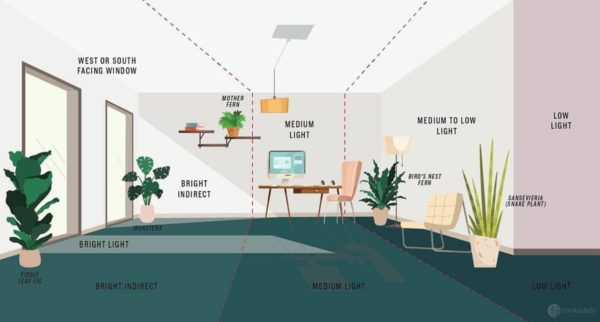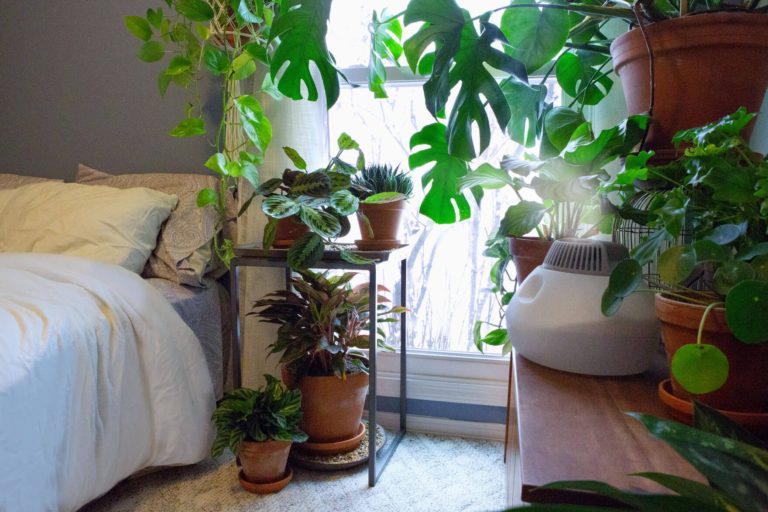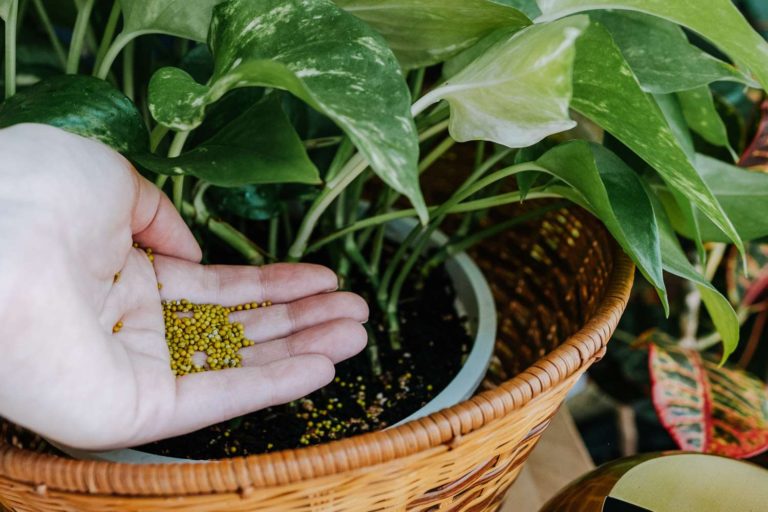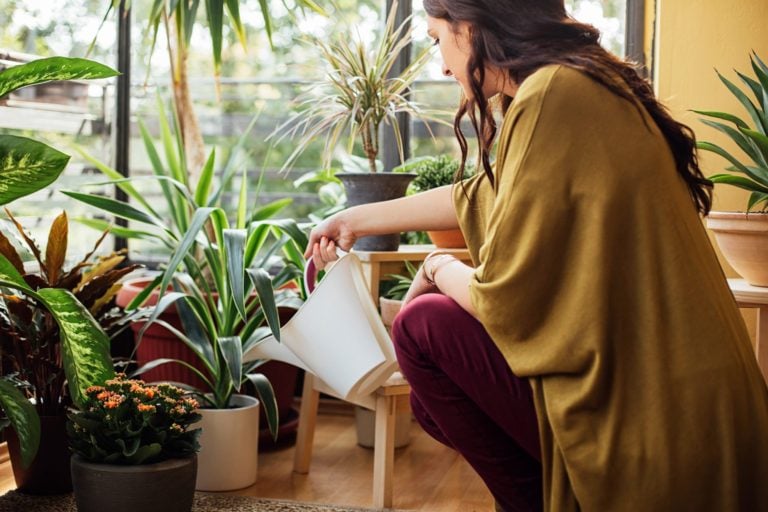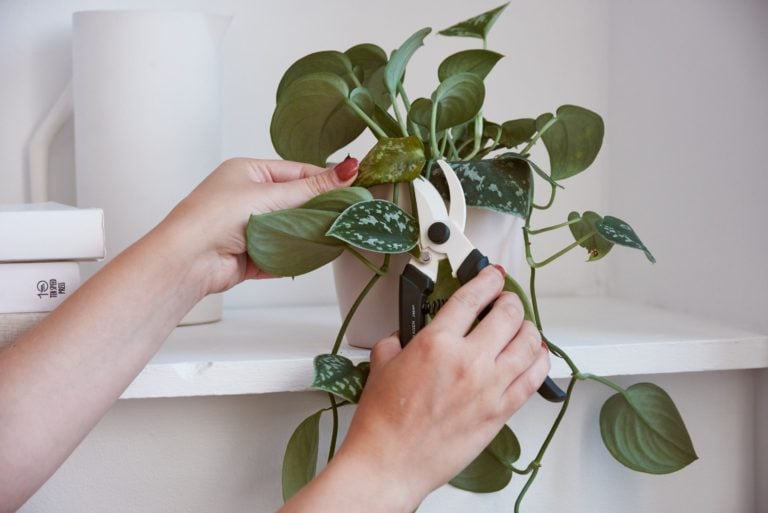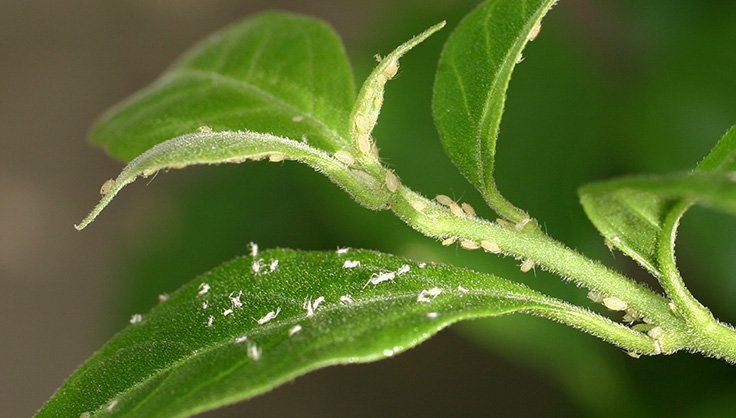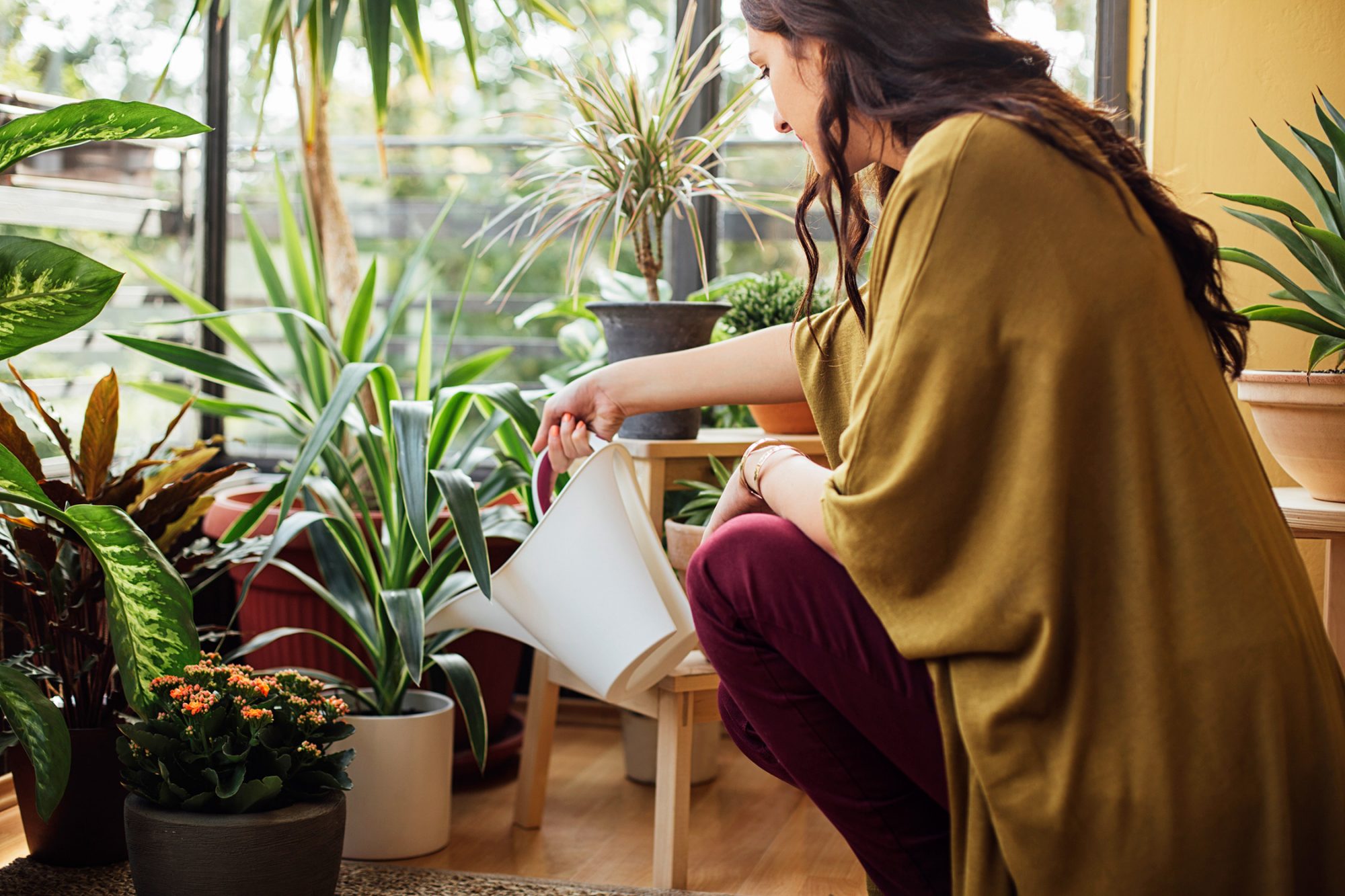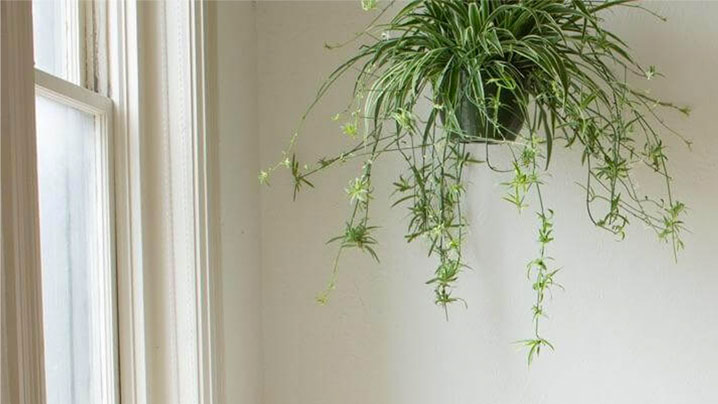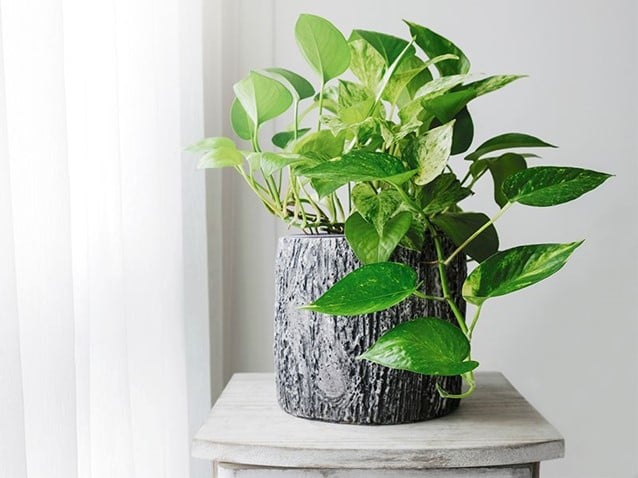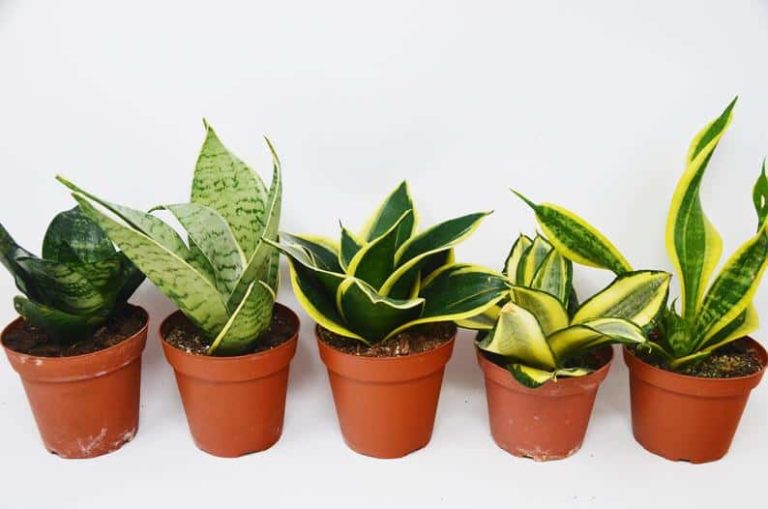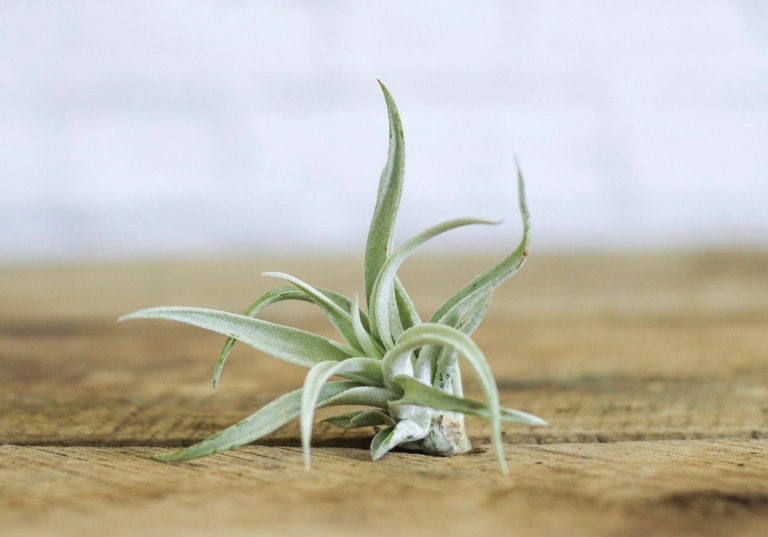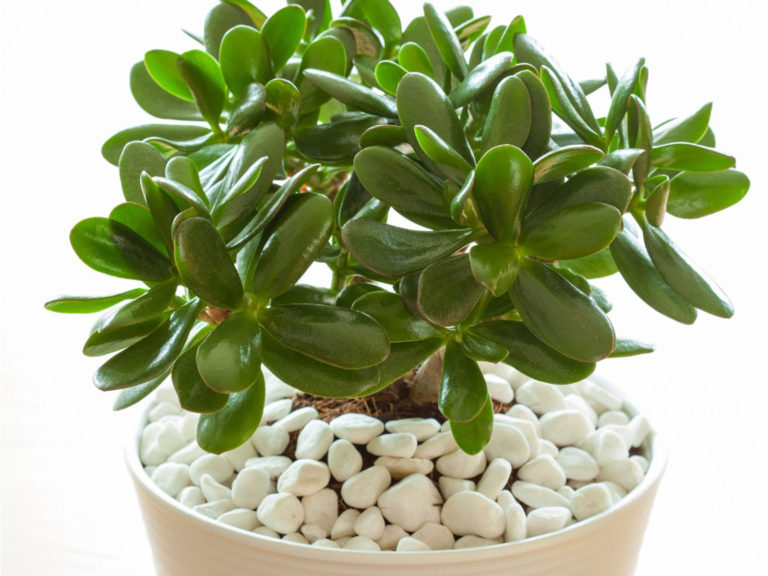During the lockdown, houseplants sales increased substantially – in fact, according to ‘Patch’, an online plant retailer, their sales increased around five hundred per cent during the lockdown. However, buying fully established houseplants can cost a pretty penny. Propagation is a way to increase your plant collection for free, plus it’s super simple. Below we have put together some general advice that will assist your new journey into the art of house plant propagation.
So, you’ve probably heard the term before, but just so we’re all clear – propagation means to grow a new plant from a small piece (or cutting) of another. This is different to growing plants from seed, or ‘splitting’. But remember, not all plants are suitable for propagation.
Choose your plant
Choosing beginner-friendly plants will allow you more wiggle room for mistakes, so choose wisely! We recommend the popular ‘Golden Pothos – or Golden Ivy’, ‘Swiss Cheese Plants – Monstera Deliciosa’, Spider Plants or Succulents for beginners, as these are super simple to propagate. Choosing any plant from the Pothos variety, such as the mentioned Golden Ivy, Marbled Queen or Satins, will provide you with a new plant in a much shorter time frame than others due to their quick growth rates.

Cutting
When cutting your plants, make sure your equipment is cleaned after every plant. This diminishes any chance of cross-contamination of diseases or pests between plants. Making sure you have sharp scissors is also essential as blunt scissors can result in damage to the plant.
Where you cut the plant is vital. Again, this depends on the plant type. Some species will form ‘offsets’ to the sides of their main form – these are essentially ‘babies’ from the mother plant. Plantlets are also referred to as ‘babies’ as they also grow from the mother plant. Stem and cane cuttings, however, are just that – cuttings from the mother plant. Leaf cuttings are like stem cuttings, but of course from the leaf itself. When you have performed stem, cane, or leaf cuttings, it's best to leave a gap between cutting to planting.
Pothos plants require the cane to be cut to propagate – about an inch below the ‘nodes’. Whereas Spider plants are propagated from their plantlets and Succulents from their leaves.
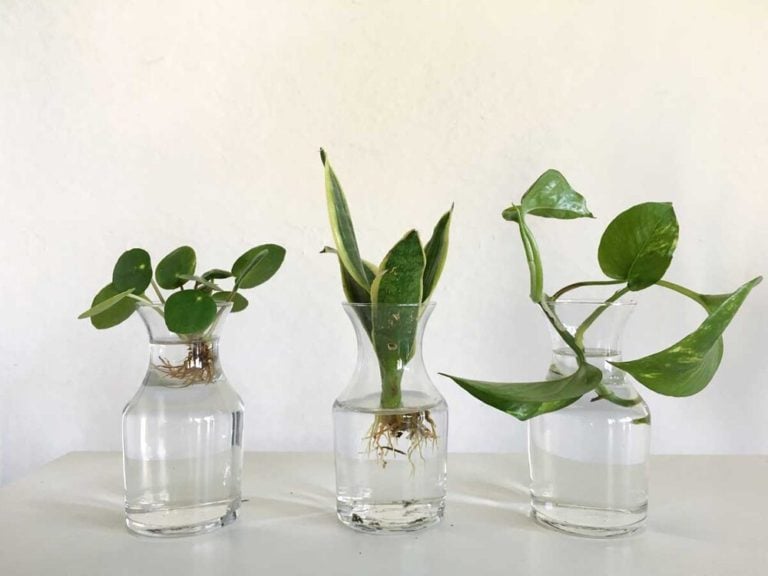
Rooting Methods
Some cuttings may need the help of ‘Root Hormones’ to help stimulate root growth. Root hormone can come in a range of forms – powdered, gel or liquid. It is best to do a quick google search beforehand. Pothos, Succulents and Spider plants usually do not require this. After cutting and applying the hormone, you will need to choose your rooting method – water, LECA clay pebbles, Perlite or soil. Who knew there were so many choices?! Choosing your rooting method depends on which plant you have chosen to propagate – Pothos and Spider plants will do well in water, whereas Succulents tend to thrive better against soil and moss.
Top Tip – Play with the different rooting methods and define one which works for you!
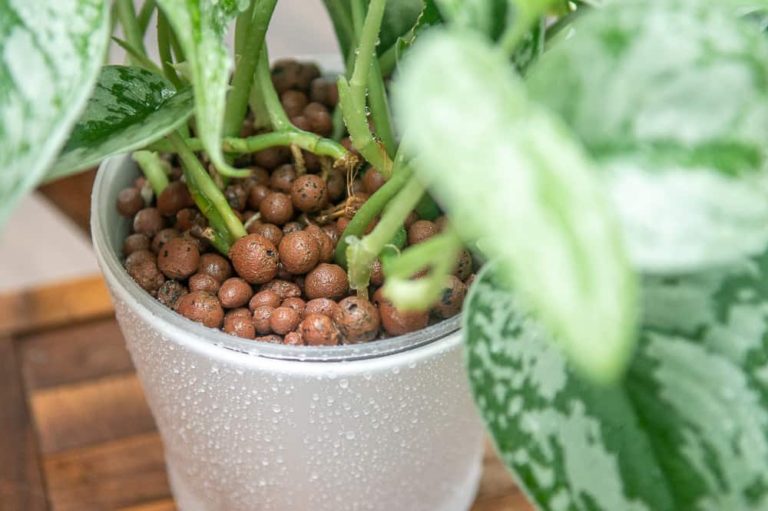
Neglect
cuttings will need more care and attention than your fully established houseplants. This could mean changing the water every few days or adjusting the placement if it is a cloudy or sunny week. Completing and neglecting your plants will increase your chances of propagation failure, so keep on top of it!
Image not our own.
Timing
Plants, unless kept warm and artificially lit all year round, will assume a ‘hibernating’ state or ‘dormant' in the winter. Therefore, we do not recommend propagating in the winter. The best time to propagate is during the spring and summer months when feeds, watering and light are at their highest. This will make for strong propagation. Propagating is a waiting game, so be patient.

Placement
Generally, cuttings like to be placed in a warm and indirect brightly lit spot where photosynthesis can take place. Placing them in a dark pot will prevent the roots from growing. Whereas placing the cuttings in a spot too sunny may result in yellow or brown leaves. We recommend also using clear containers, such as glass jars, for your cuttings.
Top Tip – We recommend setting up a ‘propagation station’ where you can keep an eye on your cuttings all at once. You can buy some cheap ladder shelving online for a more ‘aesthetic’ look!
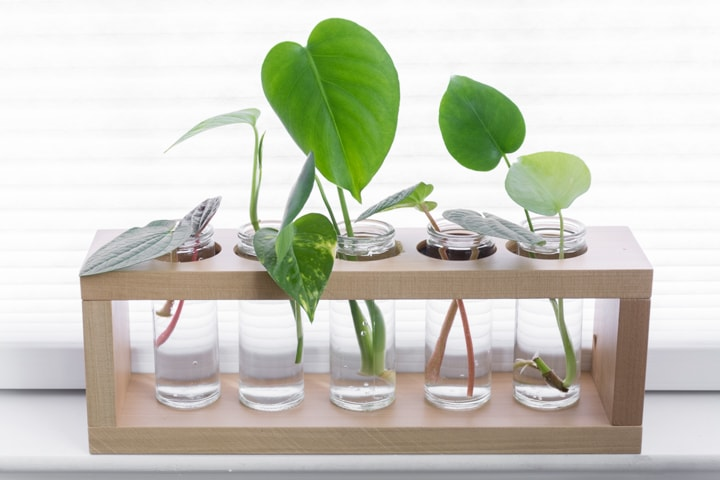
Growth
After around two to three weeks, you should see some white roots emerge. For Succulents and cacti, this tends to take a little longer. As a rule, you should wait until roots are at least an inch long or three-quarters the size of the leaf cuttings, before attempting to pot. If your cutting has failed to grow any new roots, we recommend restarting the process with a new cutting. If your cutting has more than one node, you may be able to trim the cutting until it is below a new node and restart the process.

So, let’s get propagating! We would love to see your ‘propagation station’…
Following this guide, we hope you successfully propagate your plants. It’s a great hobby and money saver! We will be releasing a new post every other week or so, so make sure to follow our blog!
You can tag us on our socials – Don’t be shy!

